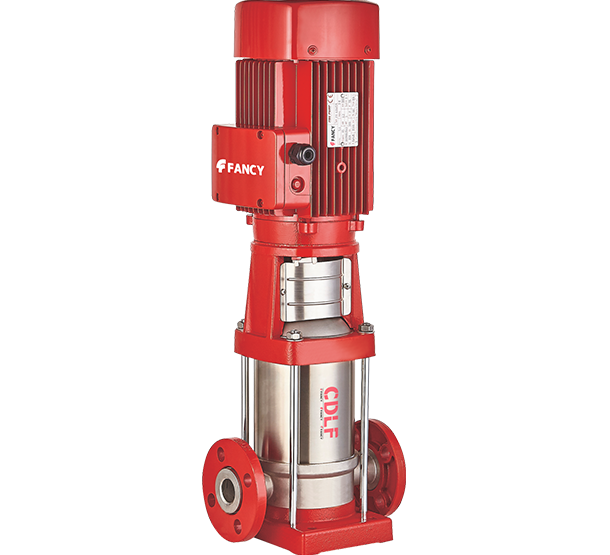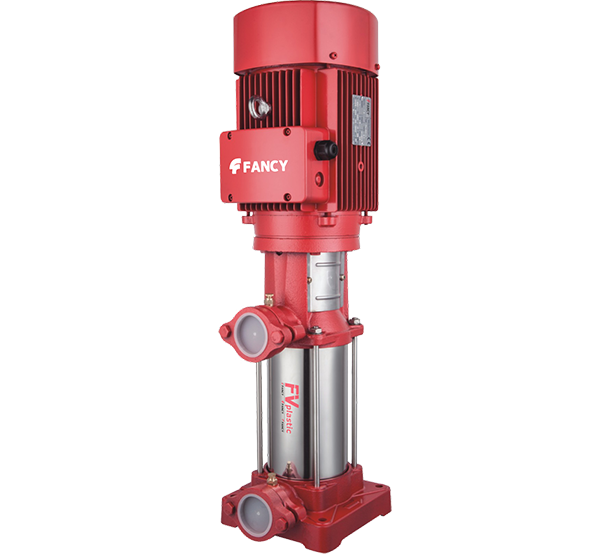Fire can happen anytime. When it does, we must act fast. In factories, warehouses, and other big buildings, fire safety is very important. One smart way to stop fires early is with a firefighting water pump. This tool helps push water with strong force to put out fires quickly. Choosing the right fire suppression pump can save lives, protect machines, and stop costly damage.
You will learn what a firefighting water pump is, how it works, and how to pick the best one for your business. Whether you own a factory or run a safety team, this article will help you make the right choice.
A firefighting water pump is a machine. It moves water from one location to another fast. When a fire begins, the pump takes water from a tank, lake, or hydrant. Then, it pushes the water through pipes or hoses under high stress. This sturdy water drift facilitates placing out the fireplace.
Most firefighting pumps are fabricated from sturdy metals. They can handle heat and tough work. These pumps often run with the assistance of a motor or engine. The motor can use fuel like diesel or electricity to make the pump work.
The most important part of the pump is the strain. The more stress it offers, the better it can shoot water away and huge. This is beneficial whilst the heart is in tall homes or far corners.

There are many styles of firefighting water pumps. Each has its task. Let's take a look at a few common ones.
Centrifugal pumps are the most commonly used. They work by spinning water fast. As they spin, they push the water outward with sturdy pressure. These are exceptional for big buildings and factories.
Positive displacement pumps are top for regular water flow. They pass water in and out with sturdy pressure, even though the water supply is small. These pumps work properly in locations where the water level has to be stable and not alternate.
Floating pumps take a seat on top of a pond or lake. They suck up water from the floor and shoot it in the direction of the hearth. These are beneficial when you don't have a hard and fast water supply.
Portable pumps are mild and clean to hold. You can circulate them round. They are perfect for large spaces, farms, or outdoor site. Firefighters can bring them to the fire quickly.
Emergency water pump system are used in lots of locations. You see them in factories, where big machines and chemicals can trap firefighters. They also are used in tall office buildings. Fires can begin in kitchens, wires, or even from people smoking.
In warehouses, people regularly save wood, packing containers, or paper. These things burn speedily. A fire protection pumping system allows the heat to be generated earlier than it would. In farms, dry grass and hay can catch fire in the course of the hot weather. A transportable water pump can protect barns and animals.
Even airports and train stations use water pumps. If a fire starts up in a vehicle or shipment space, a water pump facilitates positioning it out speedy. Some pumps are used in oil refineries, which can be very dangerous if a fire starts.
Choosing the proper pump isn't tough when you know what to look for.
Think about the scale of your space. A big factory needs the best pump that can move lots of water. A small warehouse may most effective want a simple one.
Study the water source. Where will the pump get water from? Is it a tank, lake, or hydrant? If the water supply is some distance, you need a pump that can suck water from an extended distance.
Reflect on the strain. Some locations have tall buildings. You need high stress to ship water to the top. In small places, low pressure is k.
Another factor is the strength source. Do you have power all of the time? If no longer, a diesel engine pump is better. It works even when the strength goes out.
You want to check the fabric. Pumps made with chrome steel or bronze final longer. They can paintings in difficult weather and tough jobs.
Make sure the pump is straightforward to restoration. Sometimes parts break or wear out. You have to be able to get spare elements fast.

Setting up the portable fire pump the proper way is key.
First, select a dry and secure space for the pump. It must be near the water source. Make sure the ground is flat so the pump does now not shake.
Connect the pump to the water source using a suction pipe. This pipe must be smooth and have no leaks. A strainer at the end enables holding dust out.
Next, join the transport hose. This is the pipe that carries water to the fire. Use tight clips so the hose does not come off while water rushes through.
Now, start the pump. If it is a diesel pump, check the fuel. For electric pumps, make sure the strength is on. Let it run for a couple of minutes to make sure it works fine .
Always check the pump once a week. Make certain the strain is good and water flows well. Keep the pump clean and free from dirt.
Train your team on how to use the pump. In a heart, they need to act fast. Everyone needs to know how to show it on and in where the hoses move.
When it involves safety, select a brand you can believe. FANCY PUMP is a name that many people recognize and trust. They make sturdy and clever fire safety water equipment for all varieties of needs.
FANCY PUMP gives many kinds of pumps. You can find centrifugal pumps, portable pumps, and even floating pumps. Their machines use the best-quality parts. They also pass all the fire protection checks.
One wonderful aspect approximately FANCY PUMP is their help. Their group will concentrate on what you need and provide excellent recommendations. They will help you pick out the proper size, strain, and energy source.
Their pumps also come with a warranty. If something breaks, they will fix it or ship components fast. They have service facilities in lots of locations. This makes upkeep brief and easy.
Another excellent issue is that FANCY PUMP is easy to buy from. You can order online or talk to their guide team. They even provide loose recommendations on how to set up and use the pump effectively.
So in case you're serious about safety, go along with FANCY PUMP. It's the smart choice for industries that care about fireplace protection.